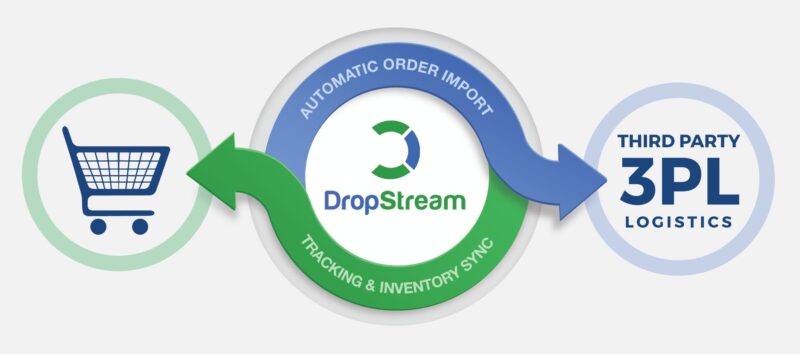
When I started as a software engineer working in IT industry years ago, I would spend hours commuting. The companies I worked for would spend tons on amazing offices and working from home was not even an option. I never thought about writing a post like this.
With the COVID-19 pandemic, corporates across the world made a shift to have their employees work from home. With the evolving cloud-based tools we have today, adapting to this work shift wasn’t too hard, but the thought of even having a team working from home was not so common or something acceptable by some before, especially in some parts of the country around the globe. I hope this mindset would change now and working from home would be more acceptable moving forward in the IT industry.
Taksa is fortunate enough to be a virtual company and have therefore experienced no real disruption in our business processes or our service to our clients during these turbulent times we all are experiencing due to COVID-19. The Taksa leadership team brings over a decade of global sourcing experience to ensure our clients success. Through our experience, we have designed models that help our clients benefit from a “down the hall” feel with culturally integrated top talent, clubbed together as The Taksa Advantage. Inspired by all these changes in the remote work landscape due to COVID-19, I wanted to share my experience of building and scaling a fully distributed team.
I worked in one of the organizations as a remote work from home individual contributor for a few years before I moved up to building and scaling up my own company. Having experienced remote work from both of these roles gave me a more accurate picture of its realities.
Lesson 1: Deep Communication & Engagement
In a remote team, you don’t have the luxury of randomly bumping into team members that typically happen in an office environment. This means that intentional communication is critical for employees. You need to make this part of your culture by creating an environment that fosters social connection and group interaction.
Moreover, working in a globally established remote team, you need to be online and available during your working hours and be accessible by your teammates by just a click-of-a-button. IM Tools like Skype, MS Teams, Slack, Skype for Business, have made all this happen. Even using some of the conference tools like Zoom, WebEx, GoToMeeting has allowed us to conduct your conference calls and stay engaged with the whole team and be productive. Sharing daily status updates of your day’s work is like a cherry on the top to this deep communication and engagement model. Sharing daily updates with your team helps not only get a visibility of your day’s work progress but also a self-satisfaction and close connection with your team, which is crucial especially when working in a remote team setup.
Lesson 2: Close-Knit Team Approach
Our distinctive approach towards scheduling resources not only helps our clients to manage their projects closely but also allows both teams to work effectively in a more agile and iterative way. This work from home model provides the onshore team better control over the offshore team with daily project schedules and interactions. The model also helps in having a close-knit between onshore and offshore teams thus reducing the obvious gaps and provides a clear visibility of the resources’ timely work schedules and defines clear daily expectations. This work ethic allows both teams to stay on top of their projects’ deliverables.
Lesson 3: Overlap Working Hours
At Taksa, we take a follow-the-sun approach, meaning that no matter where our clients business is located, we help them keep it running around the clock, while providing a seamless experience across all operations. Having atleast 3-4 working hours, if not more, of overlap between your global team really helps keeping the global team fully engaged and also culturally integrated.
Lesson 4: Yes, you can do Agile with Remote Teams!
With the vast list of available management tools mixed with cloud-based IM and conference tools make daily scrum meetings very productive in a remote team setting. Remote Agile can not only work effectively to achieve company goals, but it actually improves the remote experience for the team.
Lesson 5: Embrace remote work as a Perk!
The flexibility that comes with remote work is huge and has an enormous impact on employees’ personal lives. Very often we have employees moving from their current city to their hometowns and working from there and being close to their families. Working from home also helps to avoid the daily 2-hour commute and giving that time to their families and be with them more. This helps balancing their professional and personal life – which is very important, and we are a true believer of it as a company! We are family first company and we want everyone to believe that!
My hope is that these insights inspire others to join the Remote movement with the right foot, avoiding some of the pitfalls and setting your people for ultimate success. This post is based on experiences and reflections over the last several years, but we are only at the beginning. It is important to mention that those lessons were the result of working with our team on this journey, listening to their feedback and iterating. Your people are always your best source of insights.
Contact Taksa for your Outsourcing Web Development Project requirements and see how our developers incorporate best scalable application framework into your project.





